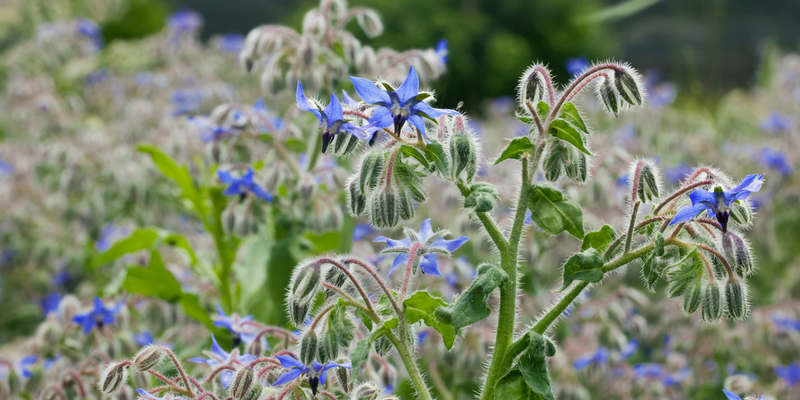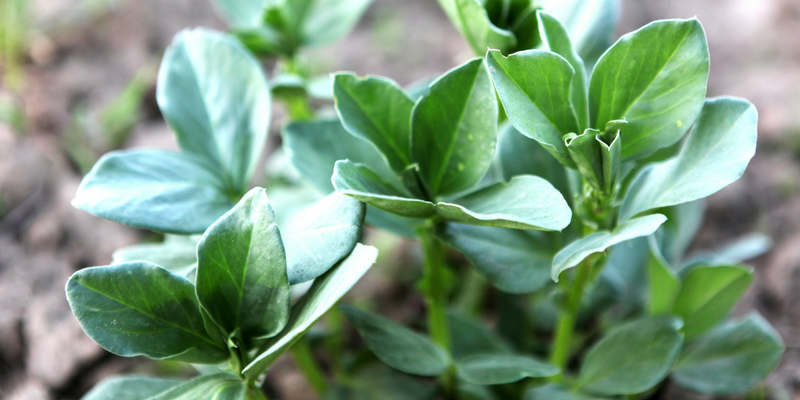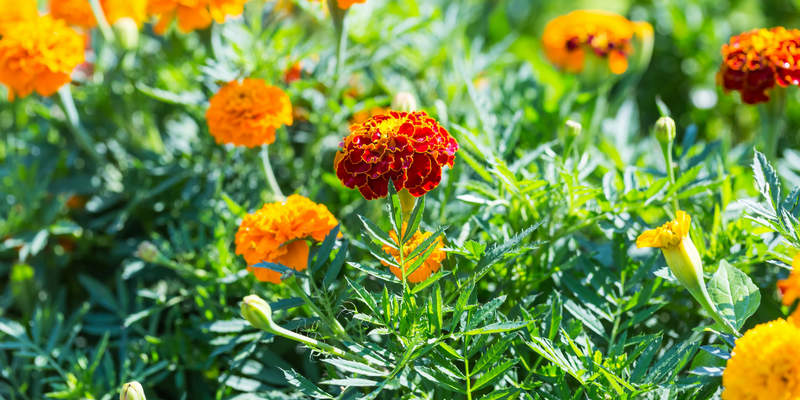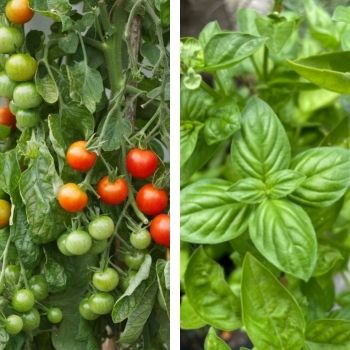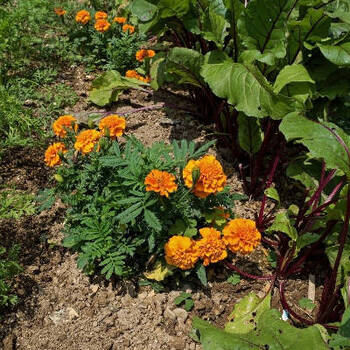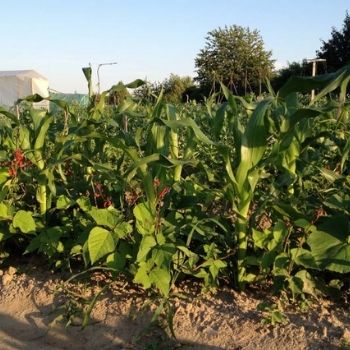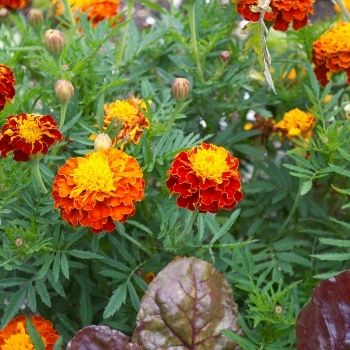In nature, monocultures of just one plant or crop are rarely seen, so why do so many of us persist in growing produce in this unnatural way on our farms and in our gardens?
Planting schemes with large blocks of just one type of plant are more prone to diseases, are less healthy and have more pest problems than mixed plantings. Diversity is a great thing, which we can use to our advantage in our gardens to make it far easier to grow crops organically. Companion planting is the constructive combination of different plants to create benefits for one, the other, or both.
Companion plants can aid others in a variety of different ways. Some of the observed beneficial interactions have been scientifically explored and proven, while others are far more anecdotal and seem to have worked for many gardeners though have not been the subject of peer-reviewed studies nor universally accepted by the scientific community. Whether they work in the ways we think they do or not, most people agree that a general broadening of diversity within gardens is a really good thing for the entire ecosystem.
Some companion plants can actually be beneficial for the soil in gardens as they can work with beneficial bacteria on their roots to take nitrogen from the air and fix it in the soil in a usable form. The mechanisms by which that nitrogen is carried around under the ground to benefit other plants along with other nutrients are not yet fully understood by science. However, it is widely believed by gardeners that planting nitrogen hungry plants alongside nitrogen-fixing legumes like peas and beans is beneficial. Other companion plants are dynamic accumulators of a different sort and can bring up nutrients from deep own in the earth and bring them up to the surface where, when the plant is chopped and dropped, they can then be made available to neighbouring plants.
Other plants benefit those that are close to them by repelling pests, distracting them, or acting as a trap crop. Sometimes these plants can attract all the pests so that other more valuable or useful crops are kept safe. At other times, for example with carrot and onion, planting the two crops together can confuse the two strong smells making it less likely that the pests will find them.
Yet others can benefit companions in very obvious and straightforward ways, such as by providing shade or by providing ground cover to reduce water loss from the soil around the roots. In a permaculture 'forest' garden, layers are created in space and through time. So to create your perfect permaculture paradise, make sure you plant several plants together, mimicking a forest ecosystem - the most productive on earth. It is really vital to make sure that you work with nature rather than fighting against it, or you could end up with far more problems to deal with in the garden.
